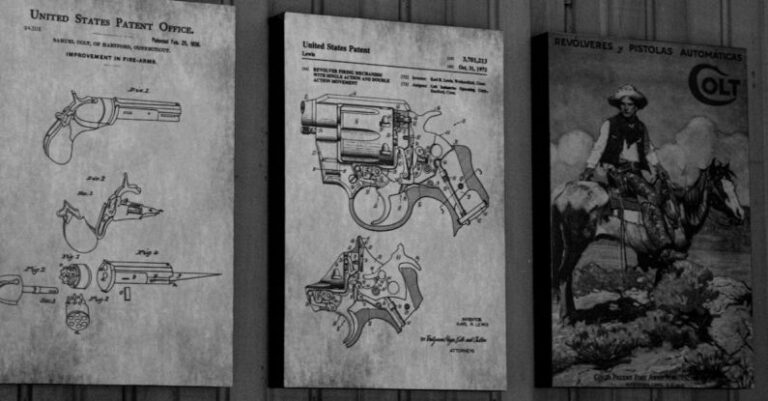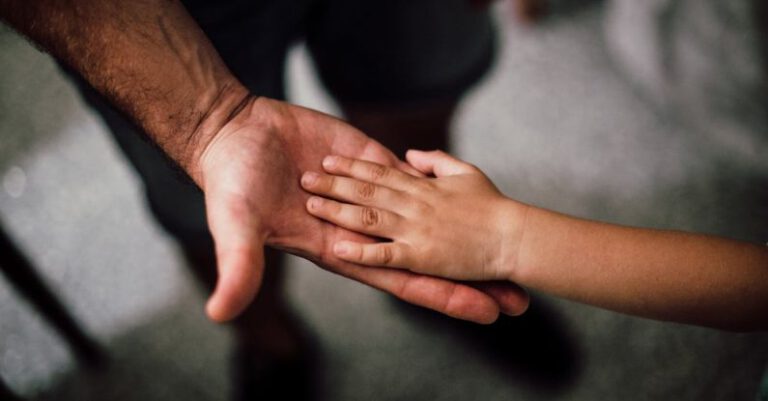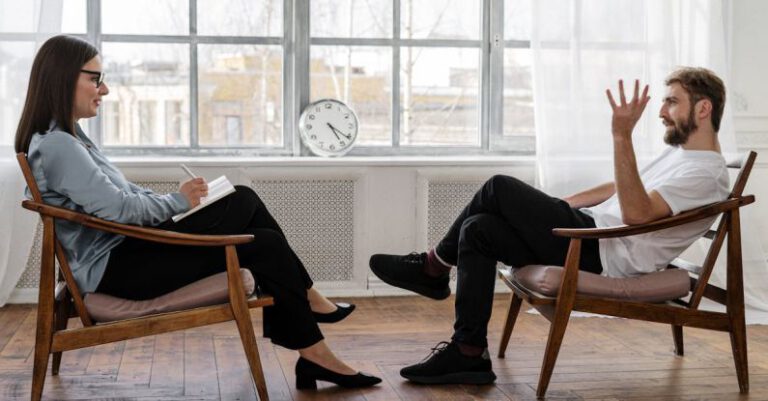
In times of stress, uncertainty, or emotional turmoil, finding healthy coping mechanisms is crucial for maintaining mental well-being. While traditional methods like exercise, meditation, and therapy are effective, harnessing the power of creativity can also be a valuable tool for managing challenging emotions and situations. Creativity allows individuals to express themselves, process their feelings, and find new perspectives on their circumstances. In this article, we will explore how you can use creativity as a coping mechanism to navigate through difficult times.
**Embracing Creative Expression**
Creativity encompasses a wide range of activities, from painting and writing to dancing and crafting. The key is to find a form of creative expression that resonates with you personally. Engaging in creative pursuits allows you to channel your emotions into something tangible, giving you a sense of control and empowerment over your feelings. Whether you choose to pick up a paintbrush, play an instrument, or write in a journal, the act of creating can be cathartic and healing.
**Exploring Your Inner World**
Creativity serves as a gateway to your inner world, allowing you to explore your thoughts, feelings, and experiences in a safe and non-judgmental space. When you engage in creative activities, you are giving yourself permission to delve deep into your psyche and uncover hidden truths about yourself. This process of self-exploration can lead to greater self-awareness and self-acceptance, which are essential components of emotional resilience.
**Shifting Perspectives Through Creativity**
One of the most powerful aspects of creativity as a coping mechanism is its ability to help you see things from a different perspective. When you approach a problem or challenge creatively, you are forced to think outside the box and consider alternative solutions. This shift in perspective can be incredibly liberating, opening up new possibilities and pathways for growth. By embracing creativity, you can break free from rigid thinking patterns and explore fresh ways of approaching your circumstances.
**Finding Joy in the Process**
Creativity is not only a tool for processing difficult emotions; it is also a source of joy and fulfillment. When you immerse yourself in a creative project, you enter a state of flow where time seems to stand still, and your worries fade into the background. This state of flow is deeply rewarding and can provide a much-needed respite from the challenges of everyday life. By focusing on the process of creating rather than the end result, you can cultivate a sense of joy and presence in the moment.
**Connecting with Others Through Creativity**
Creativity can also serve as a bridge to connect with others who share your interests and passions. Whether you join a creative group, attend a workshop, or collaborate on a project with friends, engaging in creative activities can foster a sense of community and belonging. Sharing your creations with others can be a deeply enriching experience, allowing you to receive feedback, support, and encouragement from like-minded individuals. This sense of connection can be invaluable in times of hardship, reminding you that you are not alone in your struggles.
**Embracing Creativity as a Lifelong Practice**
In conclusion, using creativity as a coping mechanism is a powerful and versatile tool for navigating life’s ups and downs. By embracing creative expression, exploring your inner world, shifting perspectives, finding joy in the process, and connecting with others through creativity, you can harness the transformative power of art and imagination to support your mental health and well-being. Remember that creativity is not just a temporary fix; it is a lifelong practice that can help you cultivate resilience, self-discovery, and a sense of purpose. So, pick up that paintbrush, write that poem, or dance to your favorite song—let your creativity guide you on your journey towards healing and growth.





